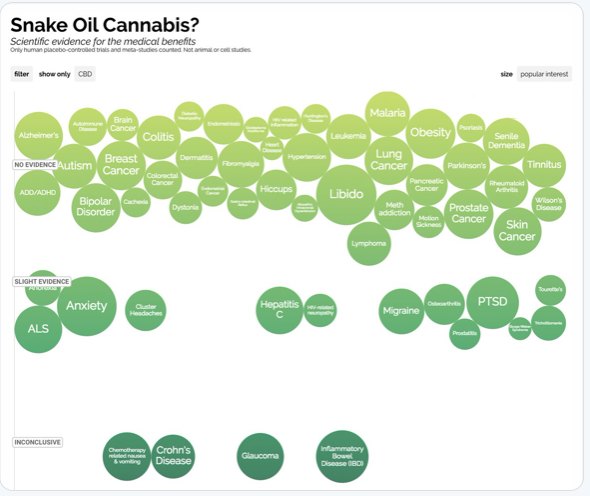Surprised , why? - After all smartphones are also computers (and probably, a good attack surface)
Cybercriminals are using the
Coinhive mining malware for attacking iPhones.
According to Check Point’s latest Global Threat Index, the company is being targeted more frequently in cryptomining malware attacks.
The inclusion of Safari browser raises concerns that this may not be an iPhone related phenomenon only and could very well be a mining script. The report also mentions Coinhive, which further intensifies these concerns.
These attacks definitely serve as a reminder to all that
mobile devices are quite vulnerable to attack but are often ignored by organizations as probable attack surface. It is therefore imperative that mobile devices are comprehensively protected with a reliable threat prevention solution.
https://www.hackread.com/hackers-hit-iphones-with-cryptomining-malware/


